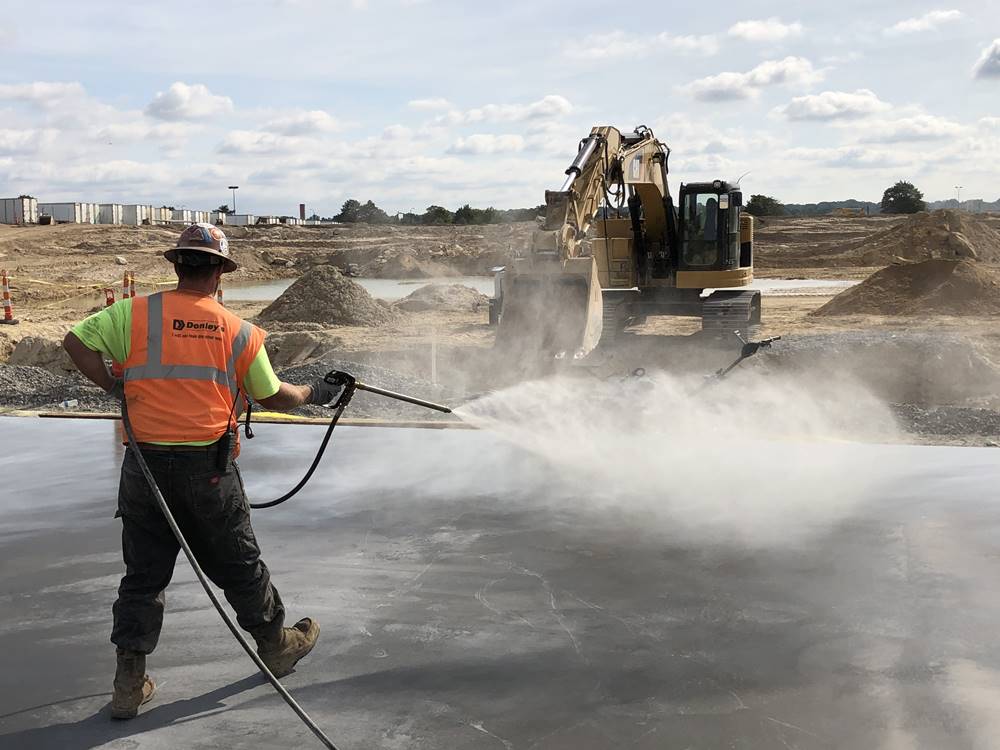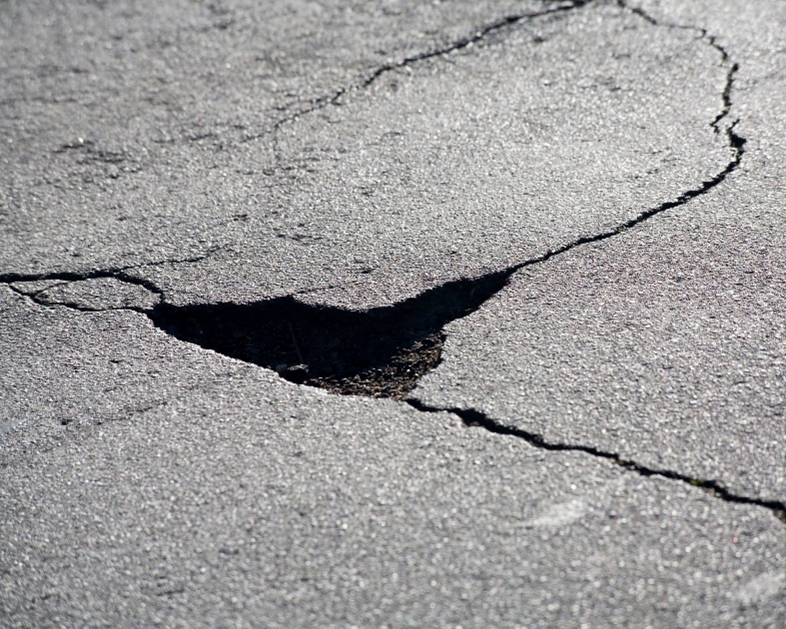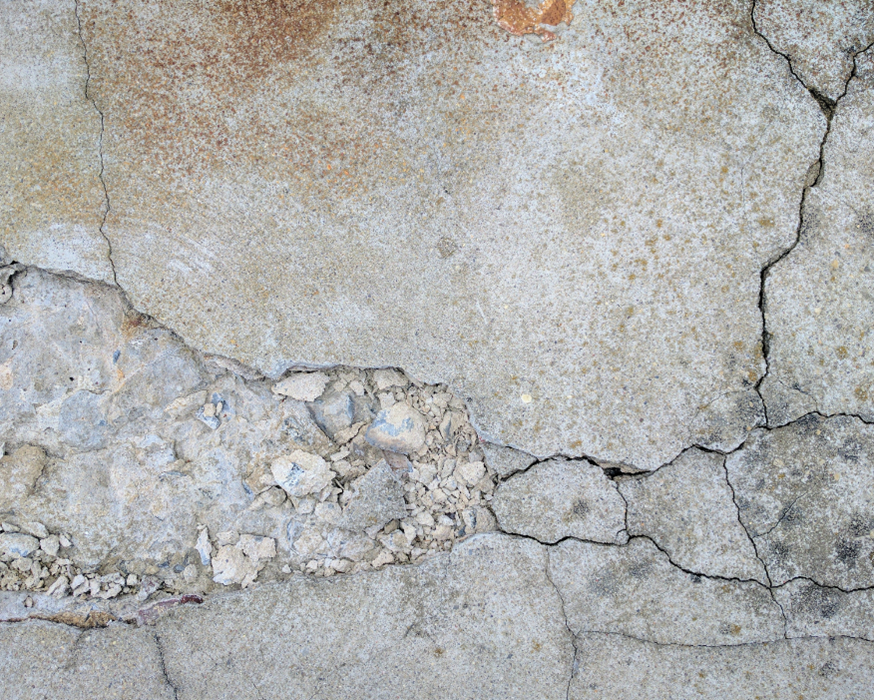In the world of concrete making, curing aides are essential for the hydration of cement, as they help to prevent the loss of heat or moisture content from the concrete, which in turn creates favourable conditions for concrete formation.

There are different types of curing compounds available.
Note; An emulsion is a mixture of two or more liquids that are normally immiscible.

What is a wax emulsion?
A stable mixture of one or more waxes in water is a wax emulsion. Water and waxes are generally immiscible, though can be bought together stably by a clever process with the use of surfactants.
Bitumen is a sticky petroleum product that does not mix with water. By using an emulsifier, a mixture of bitumen and water can be kept stable. To prevent coalescing, the emulsifying chemical gives an electrical charge to the bitumen droplets.
Acrylic emulsions are UV-stable polymers that can form very soft and elastic coatings. Ideally, it is suited for protecting concrete from loss of water during the early stages of curing where other conventional means of wet curing are difficult to maintain.
Having a typically low molecular weight, they are amorphous thermoplastic polymers produced by the polymerization of unsaturated hydrocarbons.
Absolutely yes! If concrete is not cured, it becomes weak and susceptible to damage caused by water, heat, frost, and foot traffic. The strength of your concrete will depend on whether it was properly cured.
First things first, it is important to understand how concrete cures. When you add water to the concrete mix, you start the process of hydration. During this, the cement and water react with each other to form calcium silicate hydrate compounds. These compounds fuse with other compounds within the mixture to form strong bonds.
One of the oldest methods for curing concrete is to spray it with water frequently for the first seven days, which is known as moist curing, however, it is not recommended for concrete poured during cold weather, as it can cause cracking.
The key objectives of curing are:
Curing has a strong influence on the properties of hardened concrete such as durability, strength, watertightness, wear resistance, volume stability, and resistance to freezing and thawing.
If concrete is not cured properly, it can develop plastic shrinkage cracks, thermal cracks, and the nasty guys below, causing a considerable loss of strength to the surface layer.
With proper curing, the concrete will become stronger and more resistant to stress, abrasion, and frost. The curing will protect the concrete surface from the sun and wind and makes concrete more impermeable, which prevents moisture and water-borne chemicals from entering the concrete, resulting in increased durability and service life.
Curing has a strong influence on the properties of hardened concrete such as durability, strength, watertightness, wear resistance, volume stability, and resistance to freezing and thawing.
If concrete is not cured properly, it can develop plastic shrinkage cracks, thermal cracks, and the nasty guys below, causing a considerable loss of strength to the surface layer.

Immediately after use.
Generally, a curing compound should be applied as soon as bleed water ceases to collect on the pavement surface. If the compound is applied too soon, tensile stresses develop where the bleed water collects between the pavement surface and the membrane, thereby creating pinholes in the membrane.
It sounds logical right? However, adding more water will cause the cement to become diluted and potentially lead to weaker concrete. Excess water increases the workability and upsets the water to cement ratio, thus reducing the overall strength. Over time the excess water will naturally drain from the concrete which will leave concrete voids (cavities or little holes that appear on the surface).
It permits early curing as they can be applied within about half an hour of casting after the bleeding water has evaporated and the glossy shine or brightness of the water has disappeared.
They are applied in a single operation and one can note that the entire area is covered.
For those who are restricted with time, there are curing compounds that are “apply and forget” systems that effectively, efficiently, and economically replace labour-intensive curing systems such as wet hessian, polythene, or ponded water.

The water in the cement will start to freeze if it gets too cold. Humans and cement crystals are very similar in the sense that we need water to function properly. If the cement crystals don’t stay hydrated enough, the concrete won’t cure correctly.
Unless you enjoy doing double the work, this is bad news as when the concrete dries out, those cement crystals remain dehydrated and the whole slab of concrete will likely need to be poured again.
Protecting your concrete and doing it correctly the first time around is incredibly important and curing can play a crucial role. Not all curing compounds are created equally, so it is important to check with a product manufacturer or a Tremco CPG Technical Representative to ensure that the curing compound you choose for your project is fit-for-pur
© 2025 Tremco Incorporated

